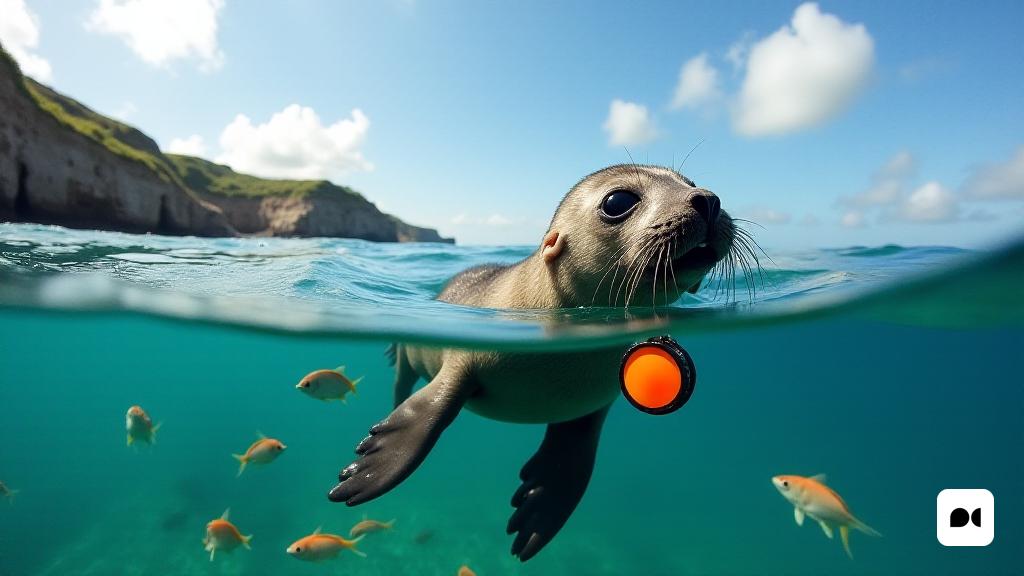Revolutionizing Wildlife Research
In an innovative study led by Dr. Luis Huckstadt at the University of Exeter, the behaviors and habitats of rehabilitated grey seal pups are being meticulously documented through advanced GPS tracking. This groundbreaking project, in collaboration with the Cornish Seal Sanctuary, has provided unprecedented insights into the post-release lives of these marine mammals.
Remarkable Journeys of Seal Pups
Among the first tracked was a pup named Maggot, whose remarkable journey took him over 150 miles across the ocean to the shores of Brittany, France. This unexpected migration highlights not only the adventurous spirit of these young seals but also the capabilities of the tracking technology employed.
Pioneering International Waters
Another standout, Selkie, made history as the first pup in the study to venture into international waters. After being rescued from Jersey, she navigated the River Somme in northern France, showcasing the seals’ remarkable navigation skills and adaptability.
Return to Familiar Waters
Whirligig, a pup rehabilitated in Weymouth, demonstrated a strong instinct for homecoming, returning to local waters shortly after his release. His presence was noted lounging at Brixham Harbour, indicating a familiar and comforting environment post-rehabilitation.
Insights into Rehabilitation Success
The project has been a collaborative effort, made possible by the dedication of the Cornish Seal Sanctuary’s animal care team, who successfully rehabilitated over 30 pups this past winter. According to Anne Van Domberg, the senior animal care specialist and research coordinator, this project marks a significant advancement in understanding the rehabilitation process.
“For the first time, we are able to witness the post-release behaviors and feeding patterns of these pups,” Van Domberg remarked. “This technology allows us to track their journeys and understand their adaptation to the wild, which is crucial for improving rehabilitation strategies in the future.”
The Future of Marine Conservation
The Cornish Seal Sanctuary emphasizes that the success of this project relies heavily on the support of the community and guests who visit the sanctuary. Van Domberg adds, “Witnessing these pups thrive and travel vast distances validates the importance of our work. We are excited to follow their journeys and hope to inspire further conservation efforts. Each journey is a testament to the resilience of these remarkable creatures.”
As the tracking project continues, the sanctuary aims to gather more data, which will not only enhance our understanding of seal behavior but also contribute to broader marine conservation initiatives. The stories of these adventurous seal pups are just beginning, and they promise to reveal much about the health of our oceans.

